Indica vs Sativa Marijuana 101
By CLOVR Cannabis
August 10 2019
Cannabis strains often come in two different subspecies: indica and sativa. While many understand the more prominent features of the two, the differences between indica and sativa goes beyond their more commonly known consumption-related qualities. In this piece, I will be breaking down the key differentiation between the two as well as some of their lesser known qualities while also going over some of the most common misconceptions related to classifying cannabis strains based on their typing, whether that be indica, sativa, or hybrid.
It is common knowledge amongst cannabis consumers that indica and sativa strains produce noticeably different effects. Strains of the indica subspecies are often believed to have more sedative effects, leading them to be recommended as sleep aids as well as to be used to enhance relaxation. As such, these strains are typically suggested for evening or nighttime use. Conversely, sativas are commonly believed to be more uplifting with consumers often preferring sativa strains for day-time use, as they are not known for hindering productivity like their indica counterparts.
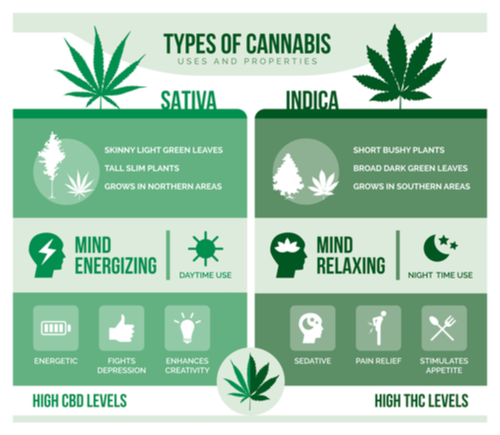
While these beliefs are firmly rooted amongst cannabis consumers and purveyors alike, research actually suggests that these classifications may not be as conclusive as many are led to believe. Since the chemical compositions of strains of each variety is not consistent, it’s difficult to attribute defining, consumption-related characteristics to plants based on their typing, at least from a scientific standpoint.
Without diverging too far off subject, it is actually a plant’s cannabinoid and terpene profiles that largely determine its psychoactive qualities more so than its appearance. While some might debate that they know indicas and sativas have cut-and-dried effects, the power of expectation likely plays a large role in why many are so convinced that each of the two varieties induces particular effects—an individual who consumes marijuana expecting to experience a particular effect is more inclined to experience said effect.
While the presence of any definitive psychoactive traits for each of the two classifications is up for debate, sativas and indicas are known to more conclusively diverge from one another on the basis of their physical characteristics. Whereas sativas are often taller in stature and possess narrow leaves, indicas are shorter and possess broader leaves.
Beyond this, sativas are known to have a characteristically longer flowering cycle, making them better suited for fair-weathered areas with warm weather. The comparatively shorter flowering cycles for indicas increases their survivability in harsher climates where growing seasons may be shorter in length.
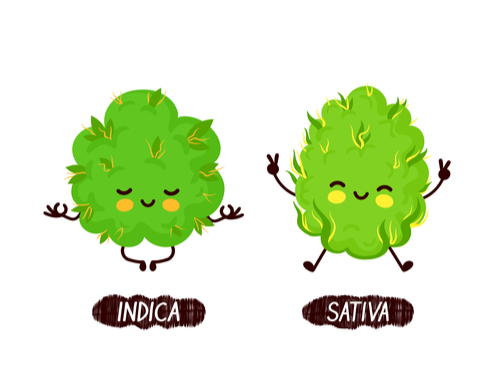
A quick bonus fact: there is actually a third subspecies of cannabis known as ruderalis, however, this variety yields very small amounts of usable flower that is notably impotent. As such, ruderalis does not have much of commercial appeal as this classification of strains often fails to produce the desired effects exhibited by its counterparts.
Those who are highly knowledgeable regarding cannabis understand that terpenes play a large role in determining the psychoactive effects of any given strain. For the uninitiated, terpenes are aromatic organic compounds that are produced by a variety of plants. In marijuana plants, terpenes are responsible for the aromas that they produce as well as the physiological effects associated with cannabis consumption. The reason why this information is so relevant is because the what categorizes a strain as indica, sativa, or hybrid is its concentration of a particular terpene called myrcene.
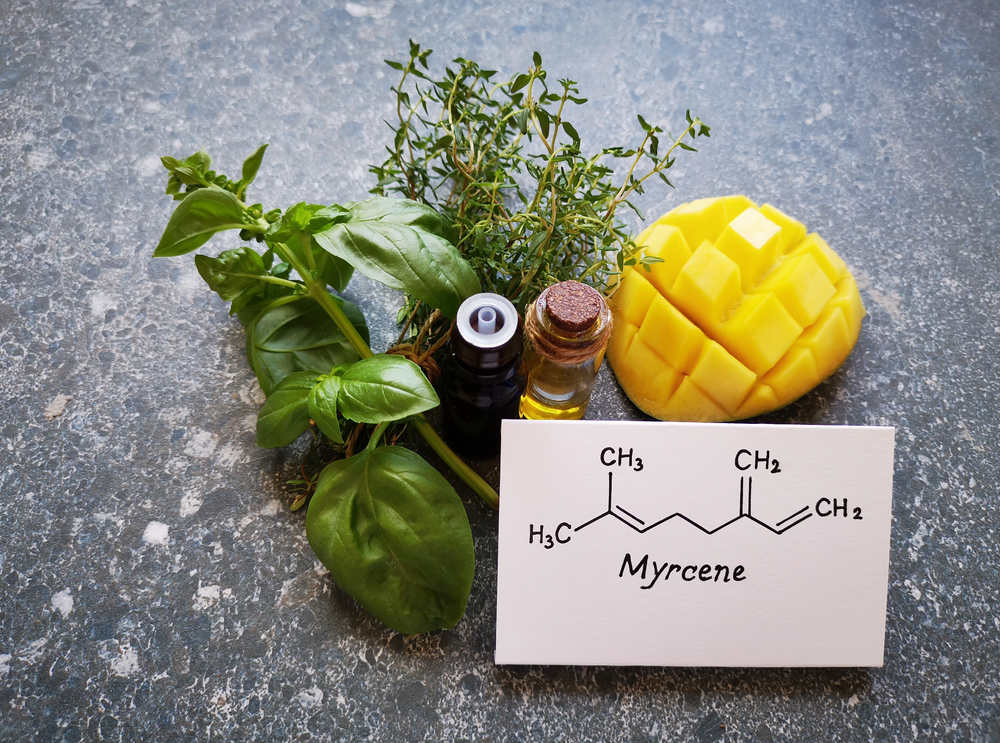
The most commonly occurring terpene in cannabis, plants with higher levels of myrcene are believed to have stronger anxiety-relieving and sleep-inducing effects. Strains that possess a myrcene volume upwards of 0.5 percent are considered indicas whereas any strain with a myrcene volume under that threshold is considered a sativa. While the sativa vs. indica classification does not necessarily have a bearing on the physical or psychoactive effects of a particular strain, a combination of a strain’s terpene and cannabinoid profiles certainly does. For example, a CBD-dominant strain is unlikely to promote sleep to the same degree that a THC-dominant strain might, but will likely offer symptom relieving benefits to an individual who may be using the aforementioned strain to cope with inflammation or chronic pain.
When most people think about cannabis, the terms indica and sativa come to mind. These two subspecies of marijuana are commonly used to determine the expected effect of a particular strain, but are more accurately classifying terms that have more to do with organization than the physical or psychoactive effects of a particular strain.
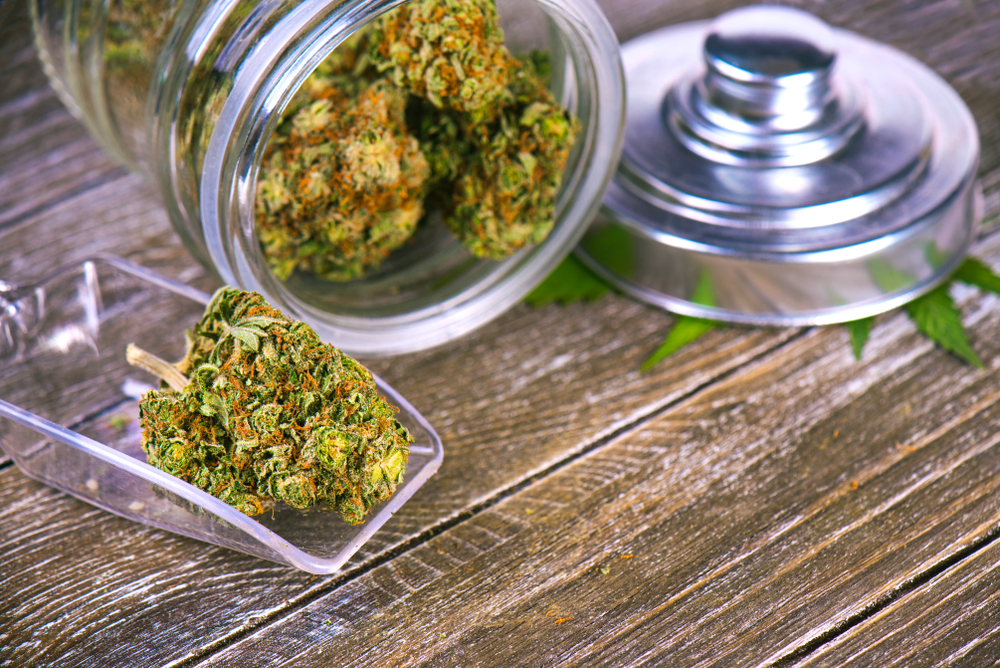
Ultimately, the terms “indica” and “sativa” define a strains physical characteristics rather than their effects but the power of suggestion may play a large role in why some believe that they experience consistent results from consuming strains of either subspecies. While many aim to understand the two as well as their differences, more focus should be spent on understanding how terpenes and cannabinoids interact in addition to what combinations of the two produce what physical and psychoactive effects.
You can also tell indica and sativa plants by bud structures and what the actual growing cannabis plant looks like. An indica plant will grow thick and bushy with thick leaves. In contrast a sativa cannabis plant will grow tall and lanky with long thin leaves. Additionally, the actual bud structures themselves look and feel different. Indica buds tend to be very dense and have more weight. In contract sativa buds are lighter then indica buds.
While information relating to the differences between strains is readily available, many would benefit from more light being shed on the roles of terpenes and cannabinoids. From medicinal marijuana patients in need of relief from particular symptoms, to recreational consumers who are looking to experience particular effects. The fact that commercial cannabis typically groups all strains into the indica, sativa, or hybrid categories and appraises their prospective physical and psychoactive effects accordingly limits the advancement of cannabis as well as the general population’s understanding of marijuana in general.
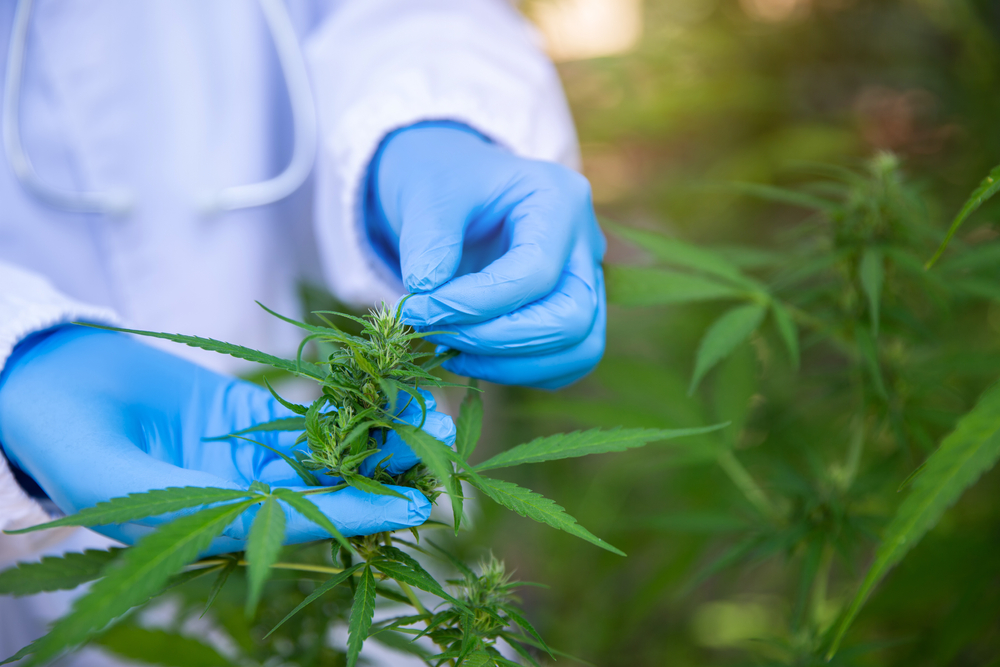
Beyond these, making the aforementioned information more readily available could significantly increase the level of enjoyment for legal cannabis consumers everywhere. For example, an individual could potentially go to a dispensary whereat the budtender could recommend products based on their terpene and cannabinoid profiles rather than generalized, outdated information that most related to the physical characteristics of the plant and not much else. If you’d like to learn more about terpenes and or cannabinoids as well as their respective effects, you can do so by asking your budtender.